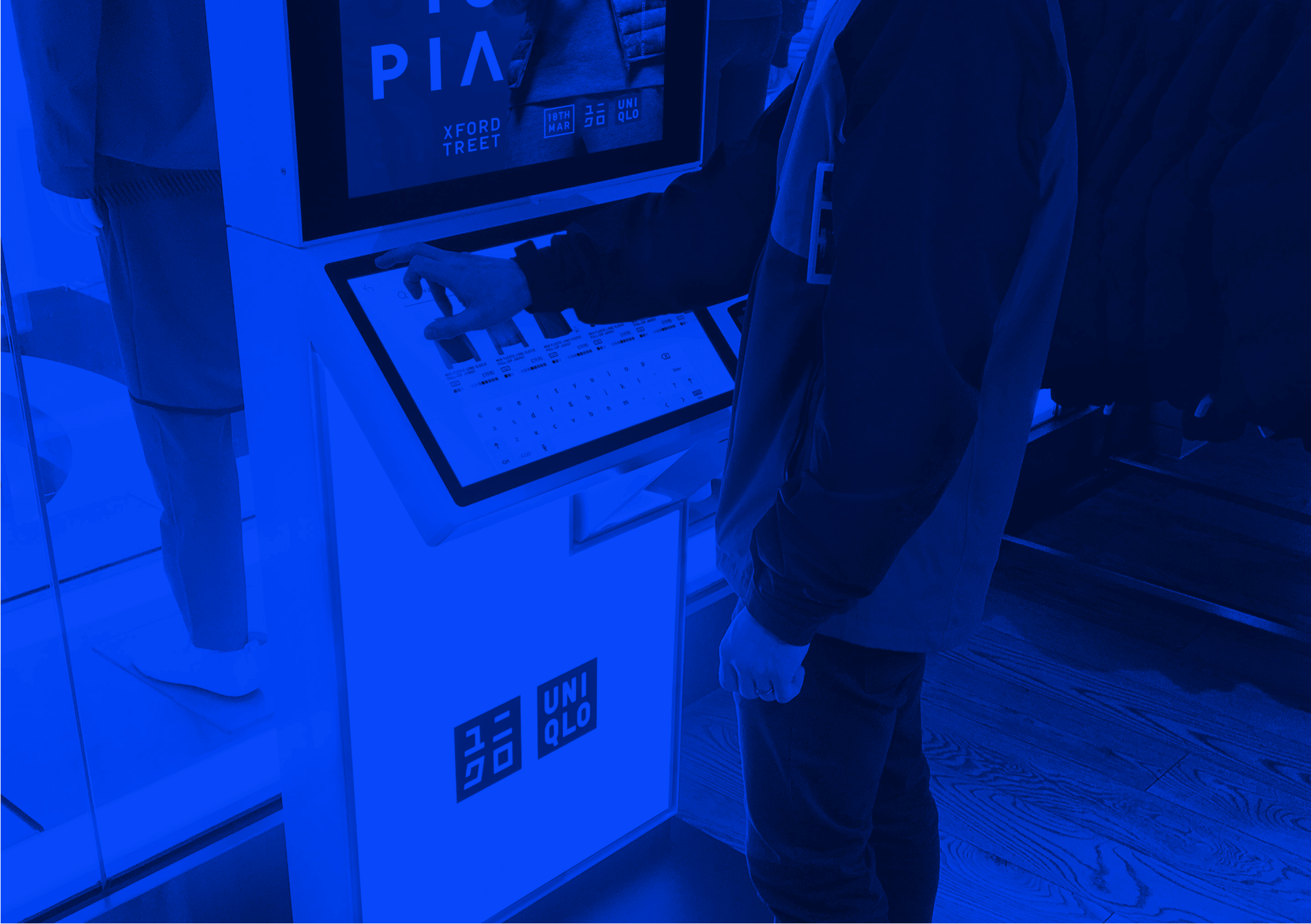As the saying goes "A good workman never blames his tools."
And yet, over the last decade or so, there has been a huge emphasis placed on developing tools and workflows with great usability and experience. Therefore, the real message is that a good workman can’t perform at peak efficiency with shoddy tools. It’s fair to say, good tools don’t necessarily mean you will work at peak efficiency. On the other hand, bad tools will guarantee you’ll never get there. Bad tools take longer to work with and typically teach bad habits to get around their deficiencies.
As business leaders and brand advocates, we should seek to improve the experience and build solutions that empower our employees. Our workspaces are full of tools that enable our employees to get their jobs done. Everything from the internal infrastructure to the devices and communication solutions that are approved that employees have access to. Apps, software, and e-learning tools right through to the user experience and design elements also impact how employees perform on a daily basis. Technology is the central nervous system of your brand and most concepts and themes related to the future of your business are not possible without technology.
Some brands are taking it even further and utilising technology for continuous growth. Implementation of artificial intelligence, machine learning, and automation alleviates the pains employees face daily. It’s easy to understand why technology is becoming such a big part of the employee experience. The time invested in developing tools and workflows drastically increases their ability to communicate and collaborate, whilst decreasing the amount of time it takes to get their job done. The by-product is engaged, happy, and productive employees.
What brands should do?
The world needs more pioneers of change to tackle the deep-seated problems all around us. As a business, you must boldly explore the furthest reaches of your brand’s core competencies and comfort levels. The digital revolution through the use of technology – when implemented – has the ability to transform a business into an agile and innovative ecosystem. If a brand can connect all of its areas of intelligence it will become a business fit for the future. You should strive to operate away from the constraints of today.
To sum it up, brands must make uncertainty, change, and unpredictability their friend. As business leaders, you must explore the future potential of the present moment for your brand. By doing this, you can establish ways to focus on cost reduction and improve efficiencies in your business as a whole. To fully understand the impact you must whittle out the casualties of your decisions. Using a thorough, circular process that interconnects each and every touchpoint means you will create a wholesome experience for your employees.
Design is the key. Design thinking is about bringing intention to the act of creation. By utilising a solid framework, methodology, and process, your brand increases its chances of creating the desired effect on those who you create for. By simply shifting your perspective from defensive questioning to authoritative positioning, you greatly change the chances of the outcome. Design accelerates growth, change, and propagates innovation by looking at ways to grow new products, or modify existing ones and update past products to meet the ever-changing market needs.
Conclusion
At Glue, we look at your business from every angle, immersing ourselves in your employees, customers, products, and services. We harmoniously bring your physical and digital worlds together. The physical side of your brand gains digital impetus, whilst the digital becomes augmented within the physical. This competitive advantage will enable your brand to move forward into exciting new territories.


